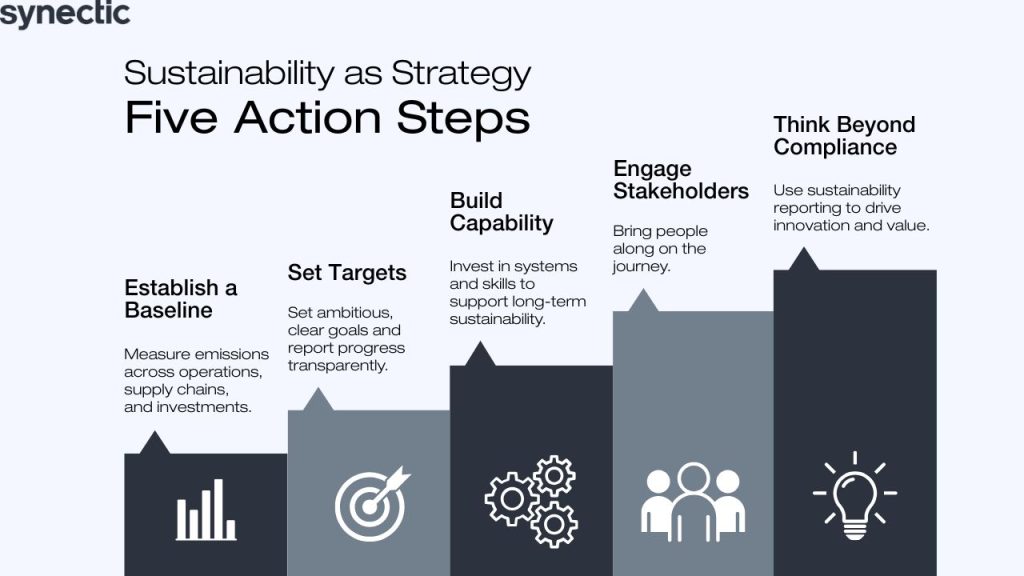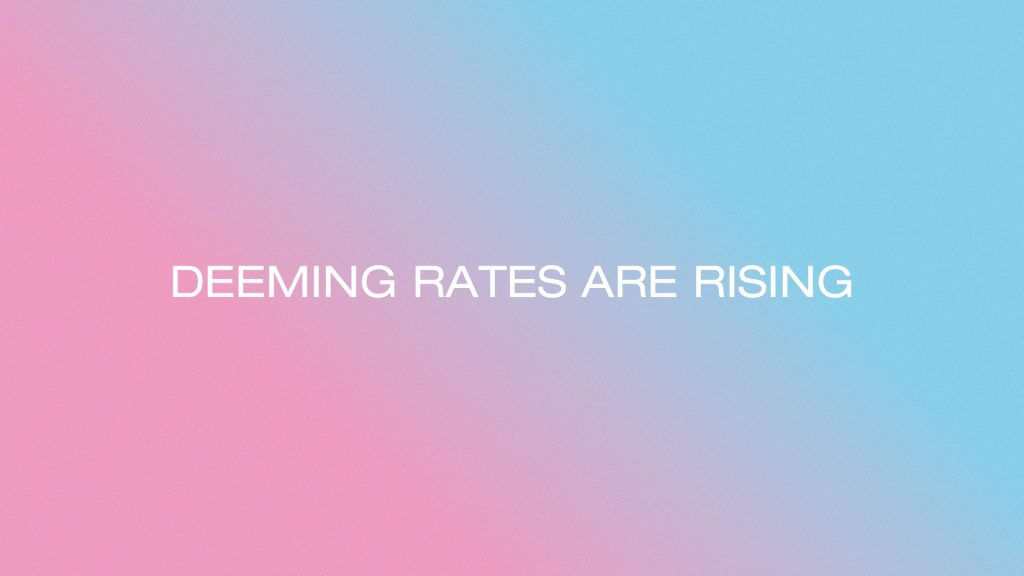Sustainability reporting is no longer optional – it’s becoming a cornerstone of modern business strategy. We’ve been talking about carbon accounting for some time now and, more recently, Australia’s first mandatory Climate-related Disclosures (AASB S2). But with AASB S2 rolling out with Group 1 entities now required to report, and Groups 2 and 3 not far behind – Tasmanian businesses of all sizes must shift from why to how.
Why Sustainability Reporting Matters for Tasmanian Businesses
In our experience, it typically takes two years to build the systems and processes needed to reliably calculate carbon emissions.
And emissions are just one piece of the puzzle! Credible sustainability reporting today must go far beyond metrics and targets to consider:
- Risk: How are you managing climate risk?
- Strategy: What’s your strategy to transition to a lower carbon future?
- Governance & oversight: How will leadership and risk management frameworks evolve to support this transition?
These aren’t just compliance questions. They’re business questions. Strategic questions. And increasingly, they’re investment questions.
The Local Climate Reality: Why Tasmania Can’t Wait
Australia’s first National Climate Risk Assessment highlights what’s at stake:
- 56 nationally significant risks identified – 11 flagged as critical.
- More frequent and severe extreme events.
- Rising sea levels threatening 1.5 million people.
- Increasing costs, reduced productivity, and worsening inequalities.
In Tasmania, we have a head start. Our electricity grid has one of the lowest emissions factors in the country. But we haven’t reduced our overall carbon emissions in over 20 years. If we don’t act now, we risk losing the Tasmanian advantage which underpins our brand, reputation and economic resilience.
Tasmania is uniquely vulnerable to climate change. With over 80% of our population living in coastal areas, rising sea levels and more frequent storm surges pose real risks to homes, infrastructure, and ecosystems. Our economy is deeply tied to agriculture and aquaculture – industries that are already feeling the effects of shifting weather patterns, water stress, and biodiversity loss. And as a destination known for its natural beauty, our tourism sector depends on the health of our landscapes, coastlines, and cultural heritage.
These vulnerabilities make climate adaptation and sustainability reporting for Tasmanian businesses not just important, but urgent. They also highlight the opportunities: to lead, to innovate, and to future-proof our industries in ways that align with Tasmania’s identity and strengths.
Aligning with Tasmania’s Strategic Sustainability Approach
This is where the University of Tasmania’s Policy In My Backyard (PIMBY) initiative becomes especially relevant. PIMBY is a bold, evidence-based exploration of policy issues shaping Tasmania’s future, from emissions trends to clean fuel strategies. It’s about action, not just analysis. Their recent work highlights that while Tasmania leads in renewable electricity, over half of our total energy use still comes from fossil fuels.
PIMBY calls for coordinated, community-informed strategies to develop clean fuel industries, reduce emissions, and build long-term resilience. It shows that sustainability reporting isn’t just about compliance — it’s about unlocking opportunity, aligning local strengths with national policy, and ensuring that Tasmania is investment-ready for the future.
Five Action Steps for Tasmanian Businesses
Carbon accounting isn’t just numbers. It enables responsible management of the climate-related risks that threaten our communities, businesses, and future. As the saying goes: you can’t manage what you don’t measure.
To get started, Tasmanian businesses can take five practical steps:
- Establish a baseline: Measure emissions across operations, supply chains, and investments. This is the foundation of credible sustainability reporting.
- Set targets: Align with better practice initiatives and be transparent about your progress
- Build capability: Invest in systems, people and partnerships that support long-term sustainability
- Engage stakeholders: From boards to employees to customers, bring people on the journey – they are expecting it
- Think beyond compliance: Use sustainability reporting as a catalyst for innovation and value creation. Sustainability reporting becomes meaningful when the data drives decisions, not just disclosures.
As the AICD so powerfully states:
“Every capable decision-maker understands the paradox of making money – that forces beyond the balance sheet matter. Sustainability is shorthand for this: responding to head-on challenges no serious business can afford to ignore – escalating climate risks, nature loss, competition for talent, and pressure from stakeholders for transparency.”
This is not just a climate issue. It’s a business issue. A leadership issue.

Why Sustainability Leadership Pays
Tasmanian businesses that take sustainability reporting seriously are:
- Strengthening credibility with investors and regulators
- Protecting and growing their reputation with customers
- Attracting talent motivated by purpose and sustainability
- Future-proofing supply chains and partnerships
- Contributing to Tasmania’s reputation as a clean, resilient economy
In short, sustainability reporting is no longer a burden – it’s a beacon.
Start Your Journey with Synectic
Synectic is already helping Tasmanian businesses in this critical space. Our specialists are:
- Developing sustainability reporting frameworks aligned to AASB S2
- Conducting carbon accounting tailored to Tasmanian conditions
- Integrating climate risk into business strategy
- Producing reports that engage stakeholders
Let’s make sure Tasmania doesn’t just keep up on these issues – let’s lead the way!
You might also be interested in...

Sustainability as Strategy: A Call to Tasmanian Business Leaders




Navigating Risks and Opportunities in Sustainability Reporting









